Welcome to our blog post about plants that keep mosquitoes and other bugs away!
Did you know you can use certain plants in your garden to repel mosquitoes naturally?
Using plants is a great way to reduce mosquitoes without using chemicals.
This is important because mosquitoes can carry diseases and are often annoying when you’re trying to enjoy the outdoors.
In this post, we’ll explore 17 different plants that can help keep mosquitoes and other bugs away from your garden and your home.
These plants are not only useful for repelling pests, but they also add beauty and variety to your garden.
We’ll also give you tips on how to grow each plant and the best ways to use them to fight off mosquitoes.
So, if you love spending time in your garden and want to do it without annoying bites, keep reading!
You’ll learn about some amazing plants that can help you enjoy the outdoors more peacefully.

This post may contain affiliate links. Read our full disclosure here.
17 Mosquito-Repelling Plants
1. Citronella
Citronella is well-known for its mosquito repellent properties, thanks to its strong, citrusy aroma that mosquitoes find unpleasant. This plant thrives in full sun and well-drained soil. It’s most effective when planted directly in the garden or in large pots where its scent can spread around sitting areas.
- Growth Habit: Grows as a grass, reaching up to 5-6 feet tall.
- Sun Requirements: Prefers full sun.
- Water Requirements: Needs regular watering but does not like to be waterlogged.
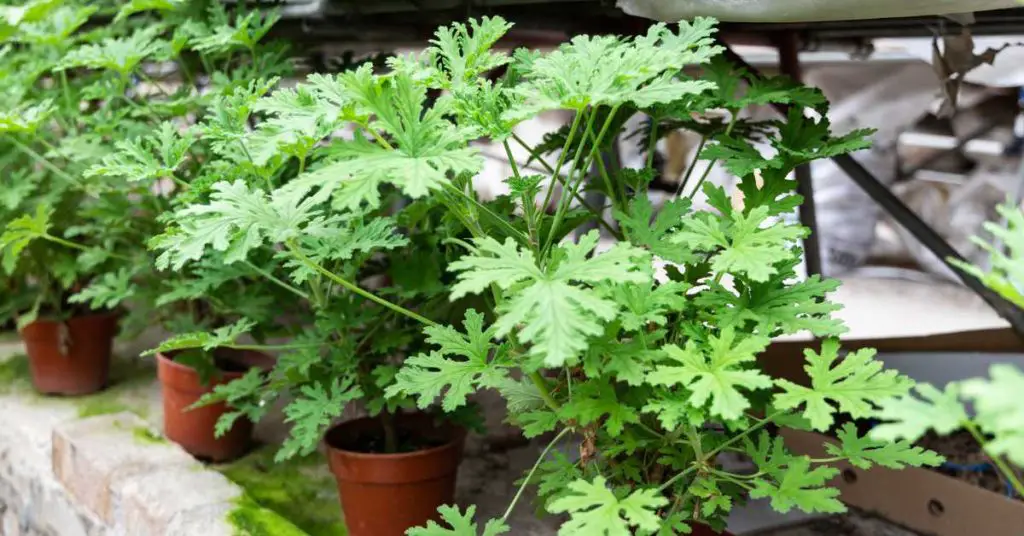
2. Lavender
Lavender delights with its beautiful purple blooms and a soothing scent that people love but mosquitoes despise. It requires full sun and good air circulation to thrive. Lavender is also drought-tolerant after it’s established, making it a low-maintenance choice for any garden.
- Growth Habit: Forms bushy shrubs up to 2 feet tall and wide.
- Sun Requirements: Needs full sun.
- Water Requirements: Low; water sparingly once established.
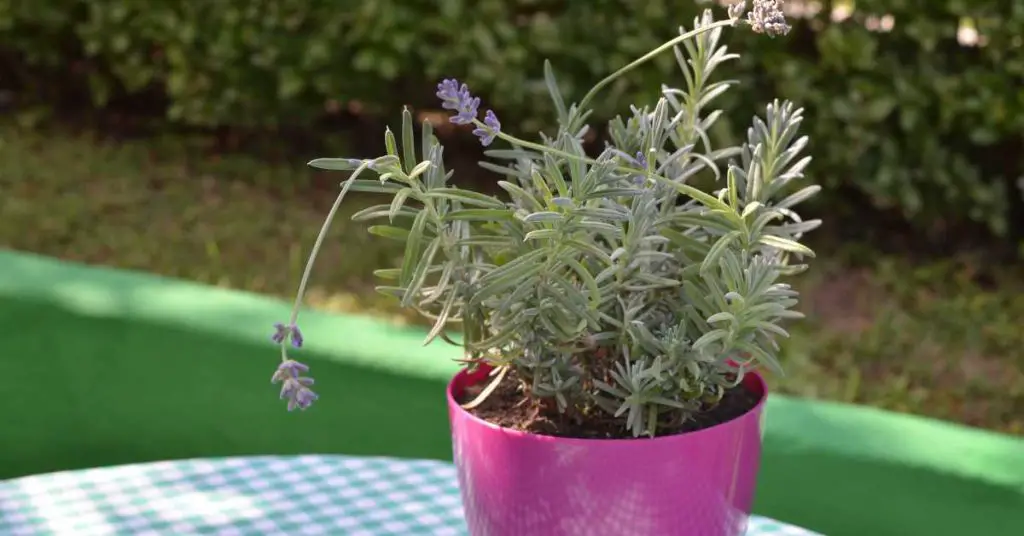
3. Marigolds
Bright and cheerful, marigolds emit a scent that includes pyrethrum, an ingredient commonly found in insect repellents. These flowers do best in full sun and well-drained soil. Planting marigolds along the borders of your garden or in containers can help create a mosquito-repellent barrier.
- Growth Habit: Compact plants that can grow from 6 inches to 2 feet tall, depending on the variety.
- Sun Requirements: Full sun.
- Water Requirements: Moderate; keep soil evenly moist.

4. Basil
Basil not only keeps mosquitoes away with its strong aroma but is also a popular culinary herb. It prefers warm, sunny locations and needs regular watering to flourish. Whether planted in pots or in the garden, basil helps keep mosquitoes at bay while providing fresh herbs for cooking.
- Growth Habit: Typically grows up to 2 feet tall.
- Sun Requirements: Full sun to partial shade.
- Water Requirements: Regular watering to keep soil moist.
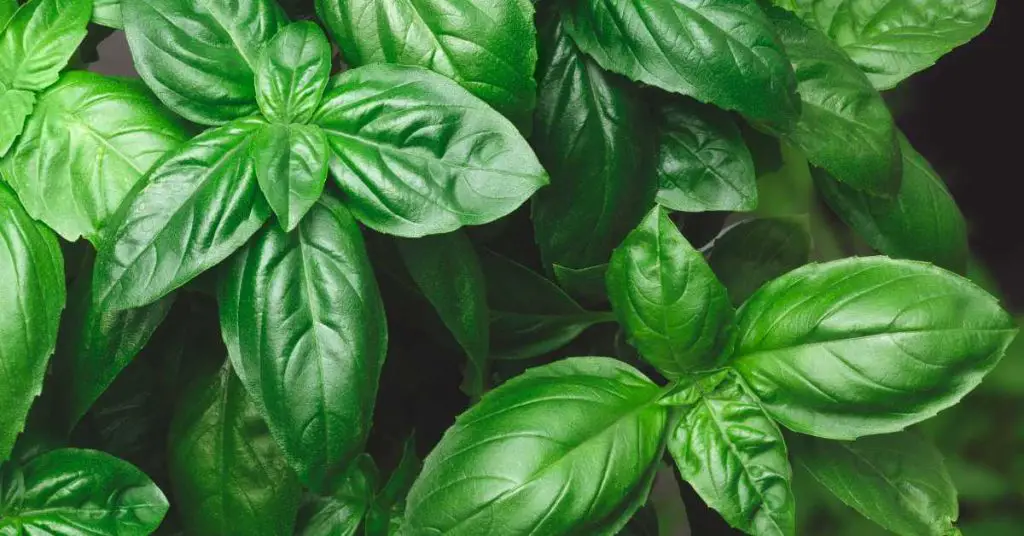
5. Catnip
Research suggests that catnip is even more effective at repelling mosquitoes than some commercial repellents, thanks to its content of nepetalactone. It should be planted in a sunny area with well-drained soil, but be aware that catnip can spread rapidly, so containment may be necessary.
- Growth Habit: Can grow up to 3 feet in height and spread widely.
- Sun Requirements: Full sun to partial shade.
- Water Requirements: Moderate; drought tolerant once established.
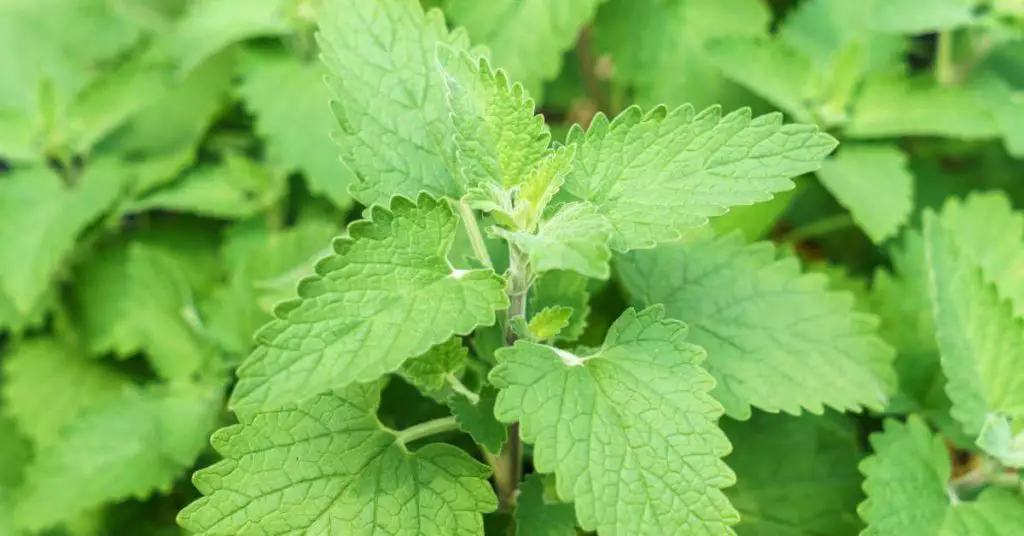
6. Rosemary
The woody scent of rosemary is unappealing to mosquitoes, making it an excellent plant for mosquito control as well as culinary use. It grows best in full sun and well-drained soil and is quite drought-resistant once established.
- Growth Habit: Evergreen shrub that can grow up to 5 feet tall.
- Sun Requirements: Full sun.
- Water Requirements: Low; drought-tolerant after establishment.
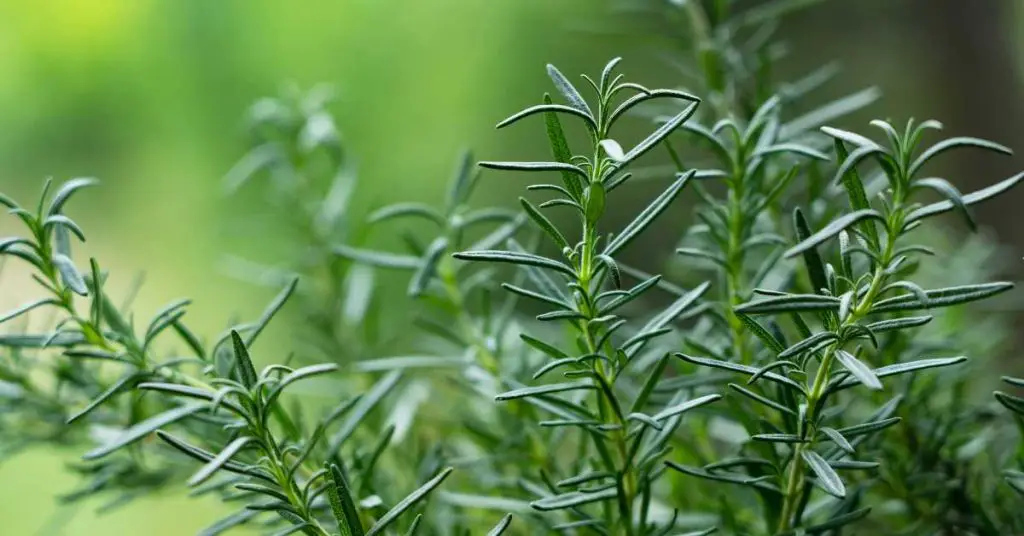
7. Geraniums
Particularly the lemon-scented geraniums, these plants are effective at deterring mosquitoes. They prefer sunny locations and moderate watering and can be grown in pots or hanging baskets to maximize their repellent effect.
- Growth Habit: Bushy plants that can grow up to 3 feet tall.
- Sun Requirements: Full sun to partial shade.
- Water Requirements: Regular watering, allow soil to dry out between waterings.
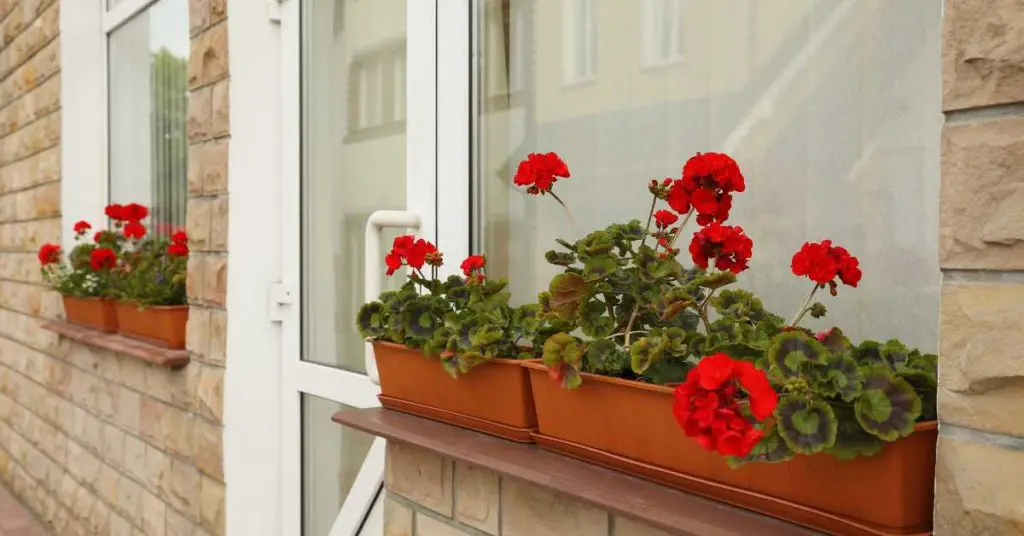
8. Lemon Balm
With a strong lemon scent, lemon balm is highly effective at repelling mosquitoes. However, it’s a fast grower and can be invasive. Planting it in pots can help manage its growth. It thrives in both partial shade and full sun and likes moist soil.
- Growth Habit: Can reach up to 2 feet in height and spread widely.
- Sun Requirements: Full sun to partial shade.
- Water Requirements: Moderate; prefers moist but well-drained soil.

9. Peppermint
The minty aroma of peppermint is disliked by mosquitoes. While easy to grow, peppermint can dominate a garden, so it’s often best planted in containers. It prefers moist, shaded areas but can also tolerate the sun.
- Growth Habit: Spreads aggressively; can be invasive.
- Sun Requirements: Partial shade to full sun.
- Water Requirements: High; prefers consistently moist soil.
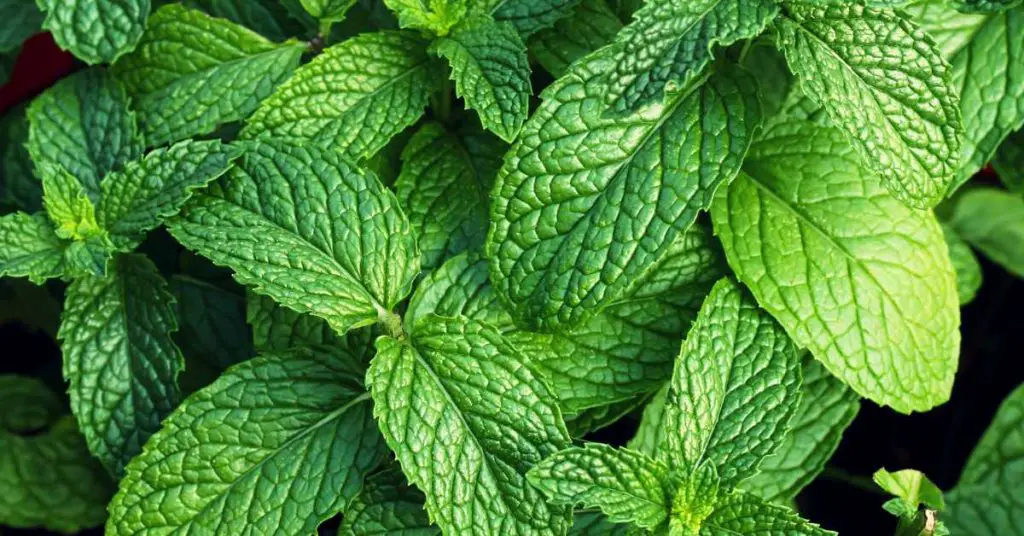
10. Garlic
Garlic plants produce a scent that mosquitoes find off-putting. Planting garlic around the garden can serve as a natural mosquito barrier. It requires full sun and well-drained soil to grow effectively.
- Growth Habit: Grows as a bulb and can reach up to 2 feet in height.
- Sun Requirements: Full sun.
- Water Requirements: Moderate; requires well-drained soil and regular watering.
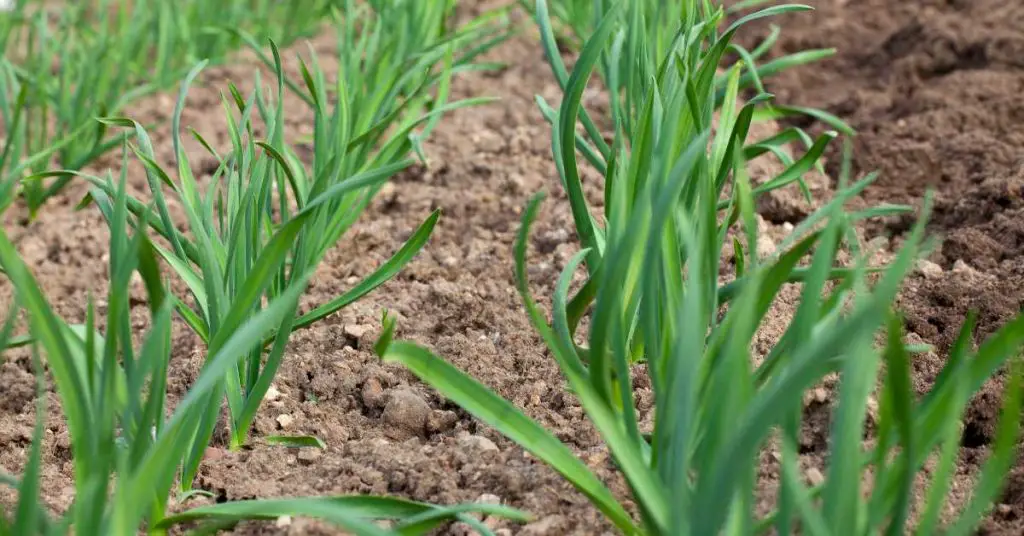
11. Lemongrass
Lemongrass contains citronella oil, which is commonly used in mosquito repellents. It needs a warm climate, full sun, and well-drained soil to thrive. Lemongrass works well planted directly in the ground in warmer climates or in large pots.
- Growth Habit: Grows in dense clumps, can reach up to 4 feet tall.
- Sun Requirements: Full sun.
- Water Requirements: Moderate to high; prefers regular watering and well-drained soil.
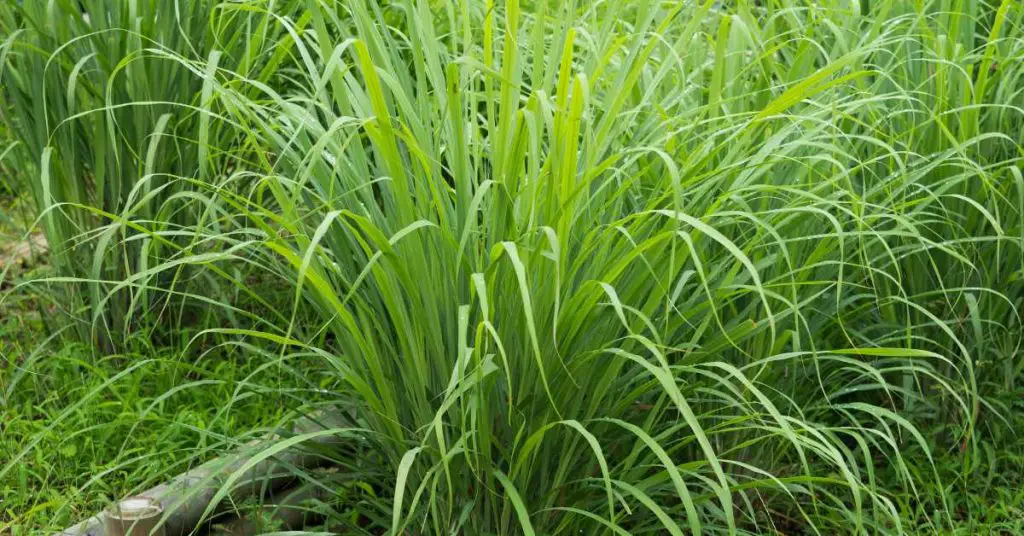
12. Bee Balm
Bee balm not only repels mosquitoes but also attracts pollinators like bees and butterflies to your garden. It should be planted in an area with full sun to partial shade and rich soil, and it produces colorful flowers that add aesthetic value to your garden.
- Growth Habit: Can grow up to 4 feet tall and wide.
- Sun Requirements: Full sun to partial shade.
- Water Requirements: Moderate; prefers moist, well-drained soil.
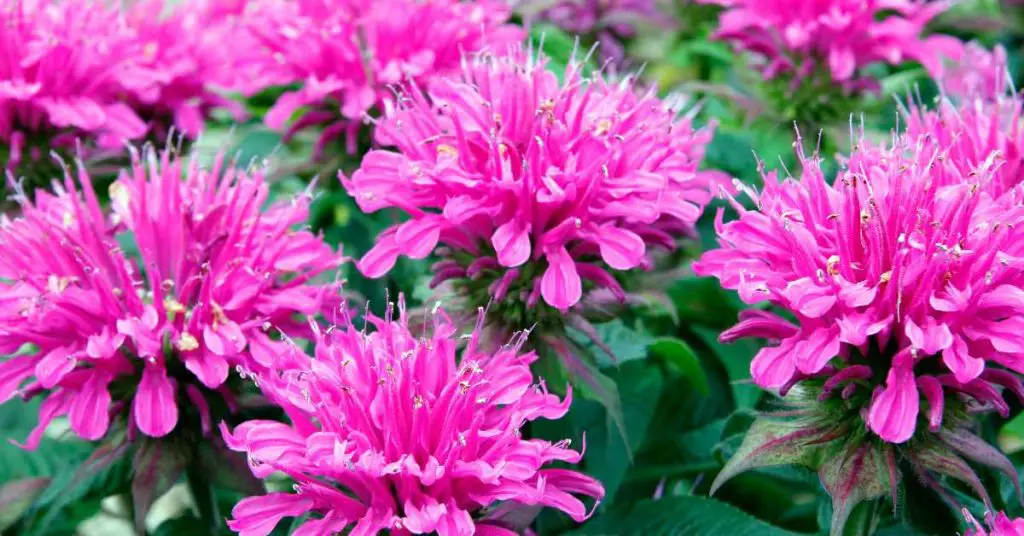
13. Eucalyptus
The leaves of the eucalyptus tree contain oils that mosquitoes avoid. This large plant is best suited for spacious areas and requires full sun and well-drained soil to grow.
- Growth Habit: Can grow into a large tree, over 50 feet tall.
- Sun Requirements: Full sun.
- Water Requirements: Low; drought-tolerant once established.

14. Sage
Sage can be burned to create a mosquito-repelling smoke, with its earthy aroma proving effective at keeping mosquitoes away. For best growth, plant sage in full sun with well-drained soil.
- Growth Habit: Grows as a bushy herb, up to 2 feet tall.
- Sun Requirements: Full sun.
- Water Requirements: Low; prefers dry to moderately moist soil.

15. Alliums
Alliums, such as chives, onions, and garlic, release a strong scent when their leaves are cut or bruised, which repels mosquitoes. These plants are straightforward to grow, needing full sun and well-drained soil.
- Growth Habit: Varies by type, generally forms clumps and can be from 1 to 4 feet tall.
- Sun Requirements: Full sun.
- Water Requirements: Moderate; requires well-drained soil.
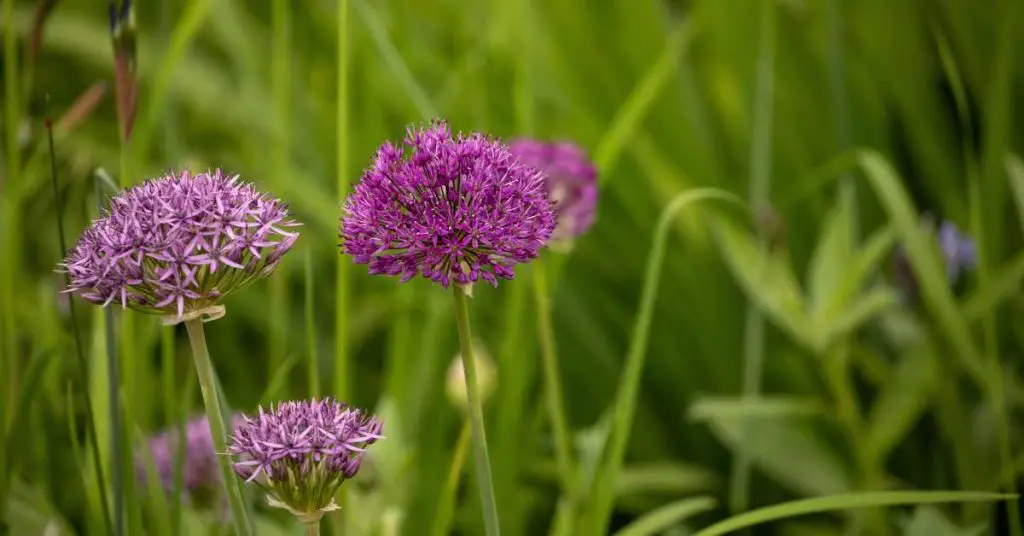
16. Mint
Mint emits a potent scent that mosquitoes dislike, but it is known for its ability to spread aggressively. Planting mint in containers is a wise choice to prevent it from overtaking other garden plants. It grows best in moist soil and can thrive in both sunny and shady spots.
- Growth Habit: Can quickly spread and take over garden spaces.
- Sun Requirements: Partial shade to full sun.
- Water Requirements: High; prefers consistently moist soil.
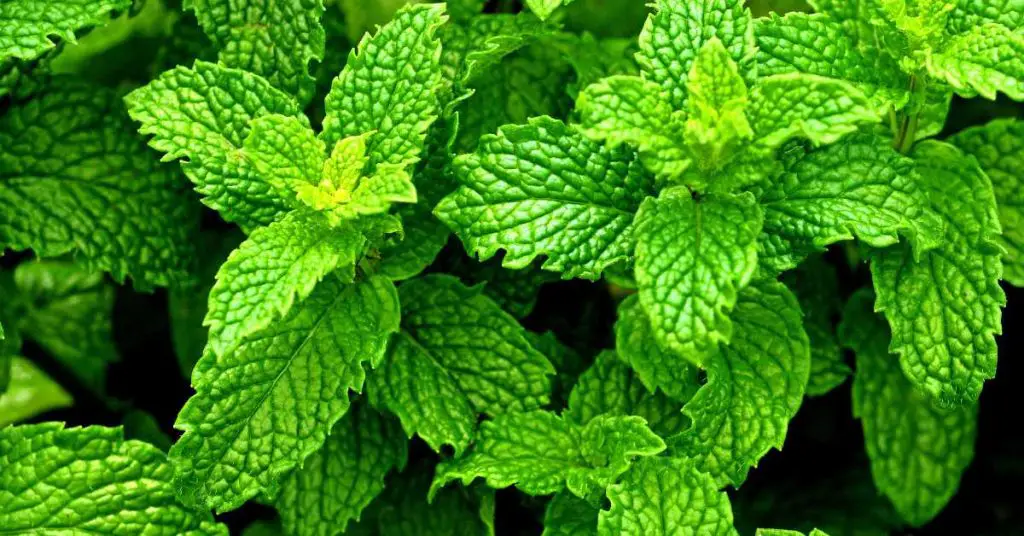
17. Floss Flower (Ageratum)
Floss Flower releases coumarin, a chemical used in many mosquito repellents. It’s effective at keeping mosquitoes away and has fluffy flowers.
- Growth Habit: Typically grows up to 18 inches tall.
- Sun Requirements: Full sun to partial shade.
- Water Requirements: Moderate; prefers well-drained, moist soil.

Enhancing Your Patio’s Appearance with Mosquito-Repelling Plants
Adding mosquito-repelling plants to your patio is not only practical but also visually appealing. These plants bring color, texture, and variety to any outdoor space, transforming a simple patio into a vibrant and inviting garden oasis. Here’s how incorporating these plants can enhance your patio’s appearance:
- Visual Diversity: Many of the plants that repel mosquitoes, such as lavender, marigolds, and geraniums, bloom with vibrant flowers. These can introduce bursts of color ranging from subtle lavender to bright yellow and deep red. Arranging these plants around your patio creates a lively and cheerful environment.
- Fragrant Atmosphere: Plants like lavender, rosemary, and lemon balm emit delightful scents that can make spending time outdoors more enjoyable. Imagine relaxing on your patio while surrounded by a naturally perfumed air, enhancing your relaxation and reducing stress levels.
- Structured Greenery: Some mosquito-repelling plants, such as citronella and eucalyptus, grow taller and can be used to add structure and height to your garden design. They can serve as natural privacy screens, offering a green barrier that adds both beauty and function.
- Container Gardening: For patios with limited space, many mosquito-repelling plants thrive in containers. Pots of different sizes and colors containing mint, basil, or peppermint can add depth and interest to your patio layout. This not only keeps your space organized but also allows you to rearrange the plants as desired, keeping the look fresh and dynamic.
- Seasonal Flexibility: Many of these plants are perennials or can be easily replanted annually, allowing you to change your garden’s look with the seasons. Incorporating seasonal blooms and changing foliage colors can keep your patio looking attractive year-round.
- Pollinator Attraction: While repelling mosquitoes, plants like bee balm and lavender attract beneficial pollinators such as bees and butterflies. This not only aids in the health of your garden but also provides the joy of watching these creatures at work, adding an element of life and activity to your patio.
By integrating these mosquito-repelling plants into your patio and garden design, you create a space that is both functional and beautiful. This approach allows you to enjoy outdoor living areas more frequently and comfortably, with the added benefit of reducing the presence of mosquitoes naturally.
Frequently Asked Questions (FAQs)
Which of These Plants Are the Most Effective at Repelling Mosquitoes?
While all the plants listed have mosquito-repelling properties, some are more potent than others. Catnip is often cited as one of the most effective due to its high nepetalactone content, which has been shown to be more effective than DEET in some studies.
Lemongrass and citronella are also highly effective due to their high citronella oil content, which is a common component in commercial mosquito repellents. Including these plants in your garden can significantly reduce the mosquito population in the surrounding area.
Can I Grow These Plants in Pots or Do They Need to Be in the Ground?
Many of the mosquito-repelling plants can be successfully grown in pots, making them a great option for those with limited garden space or who prefer container gardening. Basil, peppermint, and lavender thrive in pots and can be placed directly on your patio or balcony where you spend time outdoors.
This not only makes them more effective at repelling mosquitoes close to your living area but also adds to the aesthetic appeal of your space. Growing plants in pots also allows for easier control of invasive species like mint, which can otherwise take over a garden.
Are All These Plants Safe for Pets?
While many mosquito-repelling plants are safe for pets, there are a few exceptions. Citronella, for example, can be irritating to pets if they come into direct contact with the plant or its oil. Catnip is generally safe and can be enjoyable for cats, but its intense aroma might be overwhelming if they are exposed to large amounts.
It’s important to check each plant’s safety for pets and consider their placement in your garden or home. Always ensure pets do not have access to plants known to be toxic if ingested.
How Long Until These Plants Start Repelling Mosquitoes?
Most of these plants begin repelling mosquitoes as soon as they start to grow and produce the oils and scents that mosquitoes find repulsive. However, they become more effective as they mature and their aromatic properties strengthen.
Generally, you can expect them to begin having a noticeable impact on the mosquito population within a few weeks of planting.
Consistently caring for the plants by providing adequate water, sunlight, and soil nutrients will help them develop these properties faster and more robustly.
Do These Plants Require a Lot of Maintenance?
The maintenance requirements for mosquito-repelling plants vary depending on the species. Lavender and rosemary, for example, are quite drought-tolerant and require minimal watering and care once established.
On the other hand, basil and peppermint need more consistent watering and might require regular pruning to keep them healthy and effective.
Most of these plants are relatively low-maintenance, but a regular check-up will ensure they continue to thrive and repel mosquitoes effectively.
Can These Plants Withstand Cold Climates?
Some mosquito-repelling plants are more tolerant of cold climates than others. For example, lavender and rosemary can withstand lower temperatures and even thrive in cooler climates.
However, plants like lemongrass and citronella are tropical and cannot survive frost. For those living in colder climates, it is advisable to grow these more sensitive plants in pots and bring them indoors during the winter months to ensure they survive until the next season.
Where Is the Best Place in My Garden to Plant These to Repel Mosquitoes?
To maximize the mosquito-repelling effects of these plants, position them around patios, doorways, windows, and other areas where you frequently spend time outdoors. Planting them in borders along these areas can create a natural barrier that mosquitoes are less likely to cross.
Additionally, consider placing some plants in strategic areas like near water features or in damp parts of your garden, where mosquitoes are commonly found, to keep their population down in those areas.
Conclusion
We hope this guide has not only informed you about the various plants that can help keep mosquitoes at bay but also inspired you to add some of these beautiful and functional plants to your own outdoor spaces.
Incorporating these plants into your garden or patio is a natural and effective way to reduce mosquito populations, enhance the beauty of your outdoor areas, and create a more enjoyable and pest-free environment. Whether you choose the fragrant lavender, the striking marigolds, or the potent catnip, each plant offers its unique benefits and aesthetic appeal.
We encourage you to experiment with these plants and see which ones work best for your specific climate and garden conditions.




